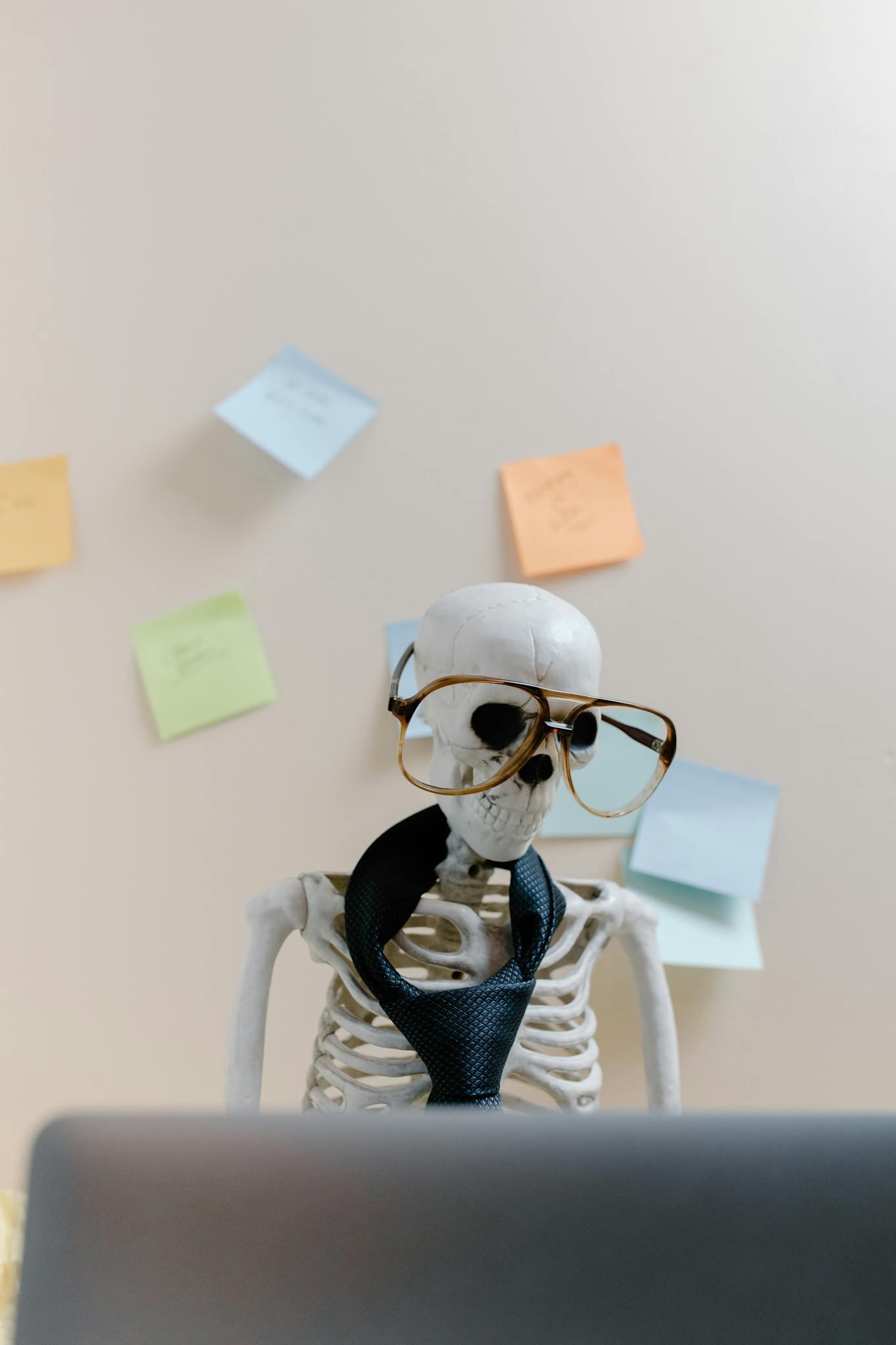"Dead Person's Goals": Why We Set Goals That Hold Us Back and How to Fix Them
Hi, I’m Lindsay and I’ve Been Setting “Dead Person’s Goals”
The name sounds pretty creepy, but Dead Person’s Goals are just goals that a dead person could do better than you or me. For example, your goal might be to never feel scared, face rejection, or have your heart broken – experiences none of us want to go through.
But Dead Person’s Goals also require us to sacrifice the potential for growth and happiness in exchange for avoiding uncomfortable feelings.
For me, this meant holding myself back from pursuing a new career, enrolling in writing courses, and dating. I was so anxious that I wouldn’t be able to recover from the shame and pain of potential failure that I couldn’t move forward with my life.
Unfortunately, we can’t avoid fear, hurt, or discomfort completely. However, we can take steps so that our emotions don’t rule our lives. Let’s dissect our Dead Person’s Goals, uncover their roots, and start to deconstruct the self-imposed barriers that are holding us back from our dreams.
What Are Dead Person’s Goals?
The concept of “Dead Person’s Goals” was developed by Harvard psychologist and bestselling author Susan David, Ph.D. In her viral TedTalk, she notes, “Only dead people never get unwanted or inconvenienced by their feelings. Only dead people never get stressed, never get broken hearts, never experience the disappointment that comes with failure.”
We aren’t truly living if we aren’t taking risks, failing sometimes, and getting our hearts a little bruised. No rain, no flowers.
Dead Person’s Goals Are Not Very S.M.A.R.T
Dead Person’s Goals are trickier to recognize than traditional goals because we don’t tend to write them down or plan them out.
For example, you have probably gone through the SMART goals exercise, setting specific, measurable, attainable, realistic, and timely goals. Dead Person’s Goals are the antithesis of SMART goals. They are unspecific, immeasurable, unattainable, unrealistic, and limitless in how much time they can take up.
For example, maybe you want to improve your physical fitness but you’re too scared to go to the gym because obviously you’ll look like an idiot and embarrass yourself in front of everyone. Instead, you stay at home and doom-scroll on social media.
On the plus side, you don’t have to feel uncomfortable. On the downside, you hold yourself back from meeting new people, trying fun classes, and improving your fitness. Plus, you’ll probably feel anxious from all that doom-scrolling anyway!
If Setting Dead Person’s Goals Is so Limiting, Why Do We Do It?
There are a few reasons why we inadvertently set Dead Person’s Goals.
1. We set Dead Person’s Goals because we get overwhelmed by the fear of failure, pain, embarrassment, etc.
If, like me, you are prone to anxiety or worse-case-scenario thinking, you may just about sell your left kidney to avoid feeling tough emotions. This leads us to the next reason.
2. We set Dead Person’s Goals because many of us haven’t been taught how to manage difficult or uncomfortable emotions.
Think back to childhood when we heard, “Don’t cry!” “Calm down!” or “It’s okay!” even if it truly wasn’t okay. While our caregivers probably had good intentions, we absorbed the message that showing big emotions is bad, shameful, and inconvenient for others. Is it any wonder we struggle to manage difficult feelings today?
3. We set Dead Person’s goals because our brains remember pain acutely and try to protect us from experiencing harm again.
If we touch a hot stove and burn our hands, we quickly learn not to touch it again. But emotions are a little different. Avoiding difficult emotions doesn’t prevent us from feeling pain, but it does keep us from moving forward.
Strategies to Heal Our Dead Person's Goals
I’m still learning how to deconstruct my Dead Person’s Goals, but I have started with a few steps that may help you too:
1. I write down my Dead Person’s Goals. Putting them on paper exposes their disadvantages.
2. I recognize when I’m allowing fear to guide my decisions. I ask myself if I would encourage a friend to do the same thing.
3. I set one small challenge for myself each week. That could mean signing up for a fun class or applying to an interesting job even if it intimidates me.
4. I talk about my fears with others. Often this helps me realize how unrealistic they are. Plus, getting support from those who believe in us is sometimes the boost we need.
5. I’m working on forgiving myself for all the time I wasted living with Dead Person’s Goals. While I can’t change the past, I can make choices today for a livelier future.
6. I give myself grace and time. Change doesn’t happen overnight, especially for those of us who are prone to anxiety.
Realizing you have been living (or, not really living) with Dead Person’s Goals can be disheartening. However, recognizing how you are holding yourself back is a great first step towards a brighter, bolder future.
Keep in mind that the goal isn’t to become fearless, but to acknowledge our fears and not let them rule our lives.




0 Comments Add a Comment?